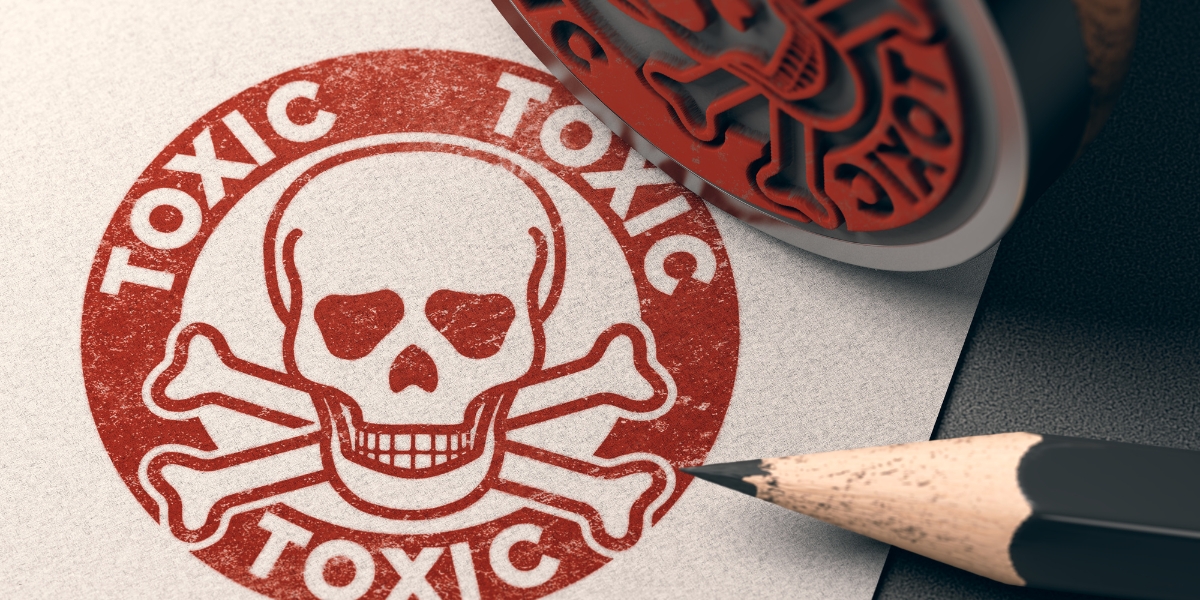
Toxic Workplaces
Why They’re Still So Common and How We Can Create Change
I’ve experienced my fair share of toxic work environments throughout my career. Sadly, I know I’m not alone. Workplace toxicity isn’t an anomaly—it’s something far too many people face, often in silence.
Some of my experiences have been outright shocking:
- A supervisor once told me I’d never “find a man” because I was “too independent” and advised me to wear more dresses and fewer pants.
- I was threatened with a lawsuit because I was suspected of leaving a negative Glassdoor review—without evidence.
- Early in my career, I sat through meetings where my boss openly discussed inappropriate topics that had no place in a professional setting.
At the time, these situations felt isolating and unfair. They impacted my confidence and left me questioning what I could have done differently. I carried the weight of those experiences for a long time, not realizing just how common they were.
Looking back now, I realize those moments taught me a valuable lesson: what I would not tolerate. They also made me appreciate the exceptional workplaces where I’ve been encouraged, supported, and empowered to thrive.
I’ve been fortunate to work with exceptional leaders like Cotrenia Hood and Liz Green, who created environments that prioritized respect, personal growth, and collaboration. Those experiences reminded me how impactful a healthy and positive work culture can be—not just for individuals but for the organization.
Why Is Toxicity Still So Common?
Despite progress in workplace culture, stories like mine are far from uncommon. The harsh reality is that not everyone can simply “walk away” from a toxic environment. People have bills to pay, families to support, and limited job opportunities to choose from. I couldn’t always leave when I wanted to, and I know many others face the same dilemma.
But why is toxicity still so widespread? Is it a failure of leadership? A systemic issue? Or is it simply a byproduct of workplace dynamics that have gone unchecked for too long?
Whatever the cause, one thing is clear: we need to do better.
Creating Change: Who’s Responsible?
Change can’t happen overnight, and it isn’t the sole responsibility of any one group. It’s a collective effort.
- Leaders: Leadership sets the tone for workplace culture. Organizations need leaders who prioritize respect, inclusivity, and transparency while holding themselves accountable for creating a safe environment.
- HR and Policies: Policies should go beyond the handbook to ensure toxic behavior has real consequences. Employees need clear, accessible ways to report concerns without fear of retaliation.
- Employees: While leaving a toxic workplace isn’t always possible, employees can contribute to a positive culture by advocating for themselves and supporting one another. This could mean speaking up when you witness inappropriate behavior, offering support to a colleague who is struggling, or actively participating in company initiatives that promote a healthy work environment.
The ultimate goal is to create workplaces where people are respected and empowered, where toxicity is the exception—not the norm.
